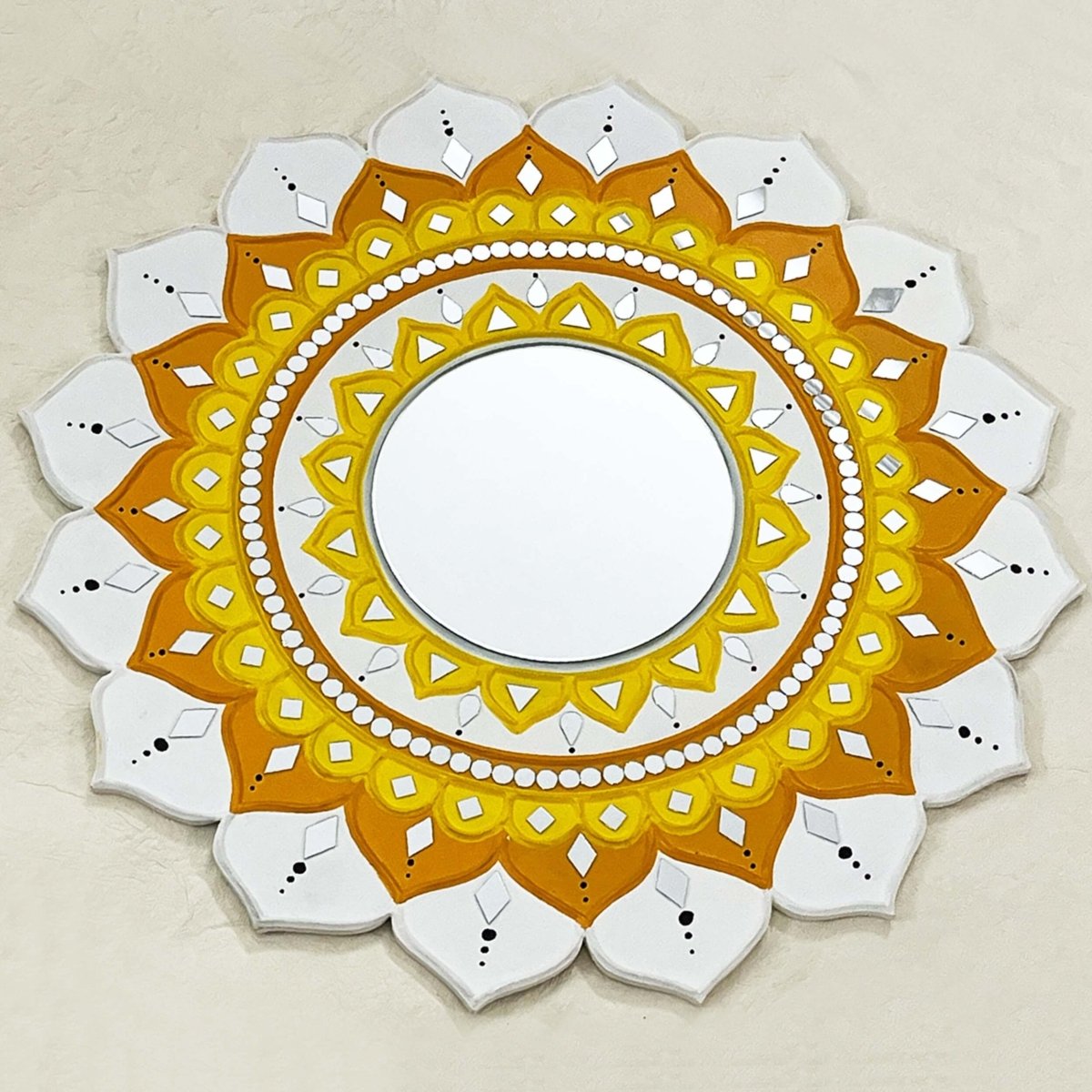Weaving Through History in Chennai’s Mylapore
BOOKMARK
It embraces over 2000 years of history and even though the peacocks that gave Mylapore in Chennai its name, have long flown out, this old quarter of Tamil Nadu’s capital reverberates with faith, art and music. In the streets of Mylapore, you can capture milestones through millennia.
The first reference to this region can be found in the writings of Ptolemy, the Greek scholar who mentions the existence of the great port of Maillarpha, in 140 CE.
It was the hometown of Thiruvalluvar, author of the ancient treatise Thirukkural, considered to be one of the finest works in Tamil literature. A statue commemorates the great philosopher poet in Mylapore today. Peyalvar, one of the 12 Alvars (Vaishnava saints) was also born here.
– The strongest influence in Mylapore is that of Shaivism.
But the strongest influence in Mylapore is that of Shaivism, and the most iconic example of this is the beautifully-sculpted Sri Kapaleeswarar Temple, believed to have been rebuilt in 1566, after the Portuguese destroyed the seaside original constructed around the 7th century by the Pallavas, who bore the title Mylai Kavalar (Protectors of Mylapore).
The temple’s deity has given rise to multiple legends and was commonly associated with peacocks, found in plenty in the area (the name Mylapore is derived from Mayilarparikumoor, meaning ‘land of the peacock scream’). References to Mylapore can be found in the hymns of saints Tirugnanasambandar and Appar, who visited the original temple in the 7th century and sang about it on their travels.
– Mylapore wasan important centre of maritime trade with the Roman Empire.
Already on the trade map, Mylapore became an important centre of maritime trade with the Roman Empire. Ships laden with pepper and fine cloth were shipped out in exchange for precious bullion. The Arabs also spoke of the town of Maila and Meilan on the coast of India in the 9th Century.
St. Thomas, one of the twelve apostles of Jesus, is believed to have died here in 72 CE and the Portuguese built a Basilica over his tomb in 1522, when they first settled here. By 1565, they had made the coastal region their fortress-town of San Thome de Meliapore, with Mylapore becoming the ‘Black Town,’ pushed back from the shore.
– Luz Church is the only church in the city that predates Protestantism and stood as a symbol of Portugal’s age of discovery.
Around the same time, they also constructed the Luz Church, one of the oldest churches in India still in existence. Built in 1516, the Church of Our Lady of Light (luz means light in Portuguese), is more than just a place of worship. It is, perhaps, the only church in the city that predates Protestantism and stood as a symbol of Portugal’s age of discovery, when the Iberian sailors set forth to conquer the unknown world.
As we approached modern times, Mylapore developed into the cultural nucleus of Chennai. A popular British heritage building is the former Brodie’s Castle, one of the earliest garden homes built in 1796 by a civil servant working with the East India Company in Madras, which today houses the Government College of Music.
– Mylapore was home to the well-known Carnatic singer, Musiri Subramania Iyer.
Swami Ramakrishnananda started the Ramakrishna Mutt in Madras in 1897, in a house in Mylapore. The well-known Carnatic singer, Musiri Subramania Iyer made Mylapore his home, and so did the almost 100-year-old Carnatic institution Rasika Ranjani Sabha. Household names like Jammi Liver Cure (1928), Amrutanjan balm (1936) and Viveka Bodhini magazine (1908), Radha Silk Emporium (1939) trace their origins to this historic town, making it a vibrant commercial center as well.
Mylapore’s storied architecture is, however, tragically being razed slowly, like the formidable Vishwa Mahal Apartment, standing on the ground where Krishna Vilas, the historic house of the former Dewan of Indore Raghunath Rao, once stood tall. It was here that ‘seventeen good men and true’ from all major cities in India met in 1884 and resolved that ‘a national movement for political ends’ should be founded. This movement led to the formation of the Indian National Congress in December 1885.
Today though, you can spend an afternoon at one of the numerous free concerts at the sabhas during kutcheri season, as the season of music is called, and take in the sounds of sweet Carnatic tunes playing in the air, as Mylapore draws you in and immerses you in its rich history.
Cover Image Courtesy: Chandrasekaran Arumugan via Flickr Creative Commons
– ABOUT LIVE HISTORY INDIA









